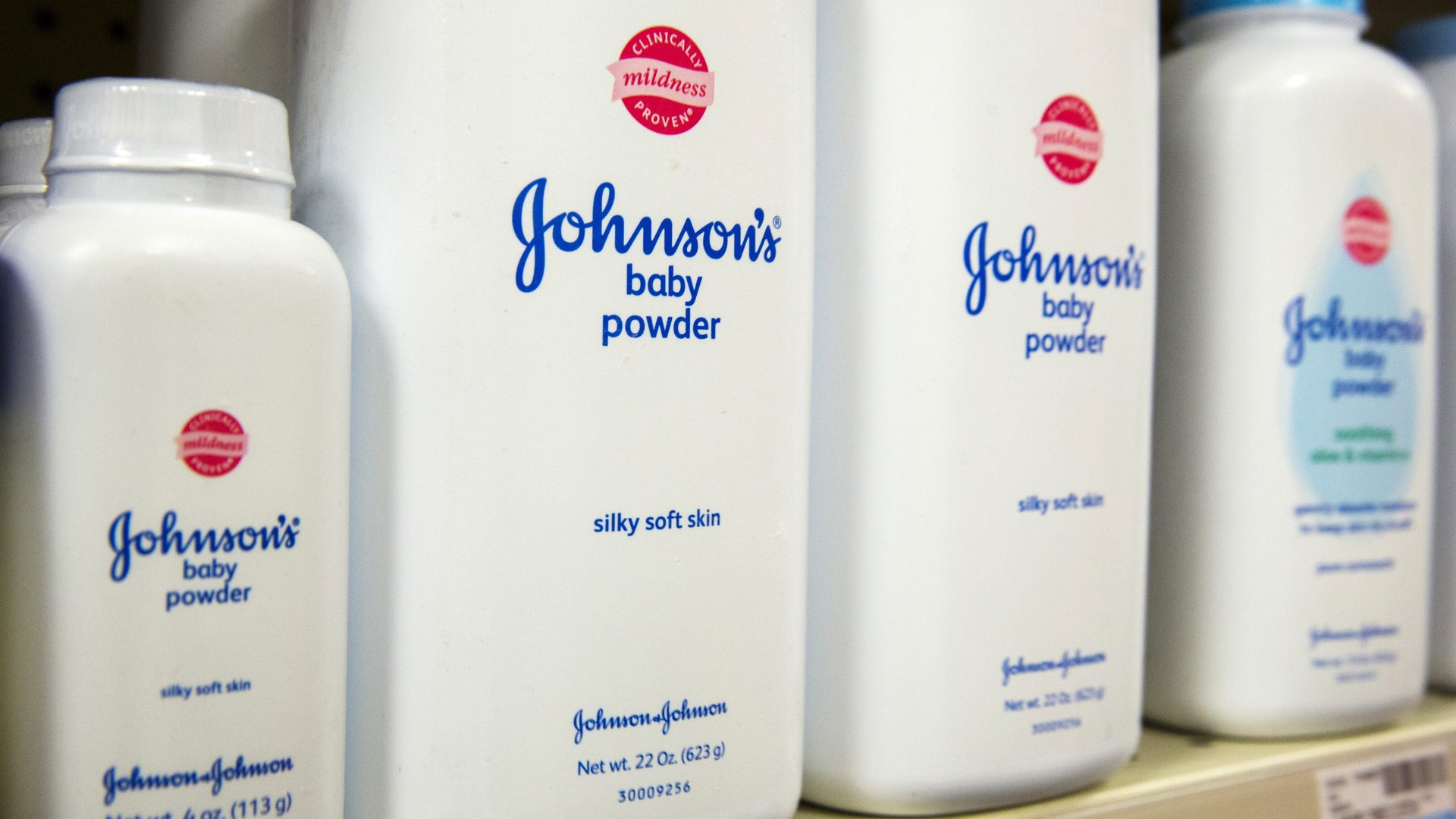Why Johnson & Johnson is splitting its drugs from its deodorants
Johnson & Johnson is breaking up. The company announced today (Nov. 12) it plans to separate its pharmaceutical and medical device businesses from its consumer products division in order to “pursue more targeted business strategies and accelerate growth.”


Johnson & Johnson is breaking up. The company announced today (Nov. 12) it plans to separate its pharmaceutical and medical device businesses from its consumer products division in order to “pursue more targeted business strategies and accelerate growth.”
J&J said it expects the split to be completed within two years. Prescription drugs and medical devices will continue to be sold under the J&J name, while consumer products will be part of a new publicly traded company which has yet to be named.
The healthcare company is the third major conglomerate to announce it will separate its businesses this week, suggesting the model is no longer as viable as it once was for industrial firms. General Electric announced on Nov. 9 that it will split the company into three separate businesses, while the Japanese company Toshiba said it would do the same today.
With the split, J&J will separate its fastest-growing and most lucrative businesses from its consumer products division, which is growing more slowly and has lower margins. The move comes as the firm is battling thousands of lawsuits alleging its talc products, including baby powder, caused cancer.
Pharmaceutical sales outpace other J&J divisions
While consumer products like baby powder, band-aids, and Tylenol helped turn the 135-year-old company into a household name, they’re now the smallest division in terms of revenue. The consumer health unit brought in $14 billion in sales last year, while pharmaceuticals sold $46 billion worth of products, representing 34% of total sales.
J&J’s pharmaceuticals business, known as known as Janssen, is perhaps best known for developing a covid-19 vaccine, although it only accounted for just over 2% of its total revenue last quarter. The division also sells drugs including the prostate cancer medication Darzalex, which saw US sales grow by 42% last year, and the antipsychotic Invega Sustenna. The company said it decided to keep its pharmaceutical and medical device businesses together because they operate in similar “regulatory and competitive environments.”
While pharmaceuticals have the potential to deliver big gains for companies like J&J, they’re also a riskier investment. US sales of J&J’s prostate drug Zityga, for example, have fallen in recent years as generic competitors have come onto the market.
Consumer products division faces ongoing lawsuits
As J&J prepares to split the company it is also facing thousands of lawsuits that could result in settlement losses as high as $7.5 billion, according to Bloomberg. The firm has been fighting 38,000 lawsuits alleging its baby powder products caused ovarian cancer and even set up a separate unit to deal with bankruptcy cases stemming from this litigation.
Other J&J products targeted by lawsuits include transvaginal pelvic mesh implants, which women alleged caused bleeding, pain, and painful sexual intercourse. The company was ordered to pay $344 million to women in California over concerns about these products last January. J&J also recalled a series of products including Tylenol, Benadryl, and Motrin in 2010.
J&J said in its 2020 annual report the consumer products division set aside $3.9 billion for litigation expenses last year, compared with $400 million in 2019. Company executives did not say lawsuits factored into its decision to separate the company.